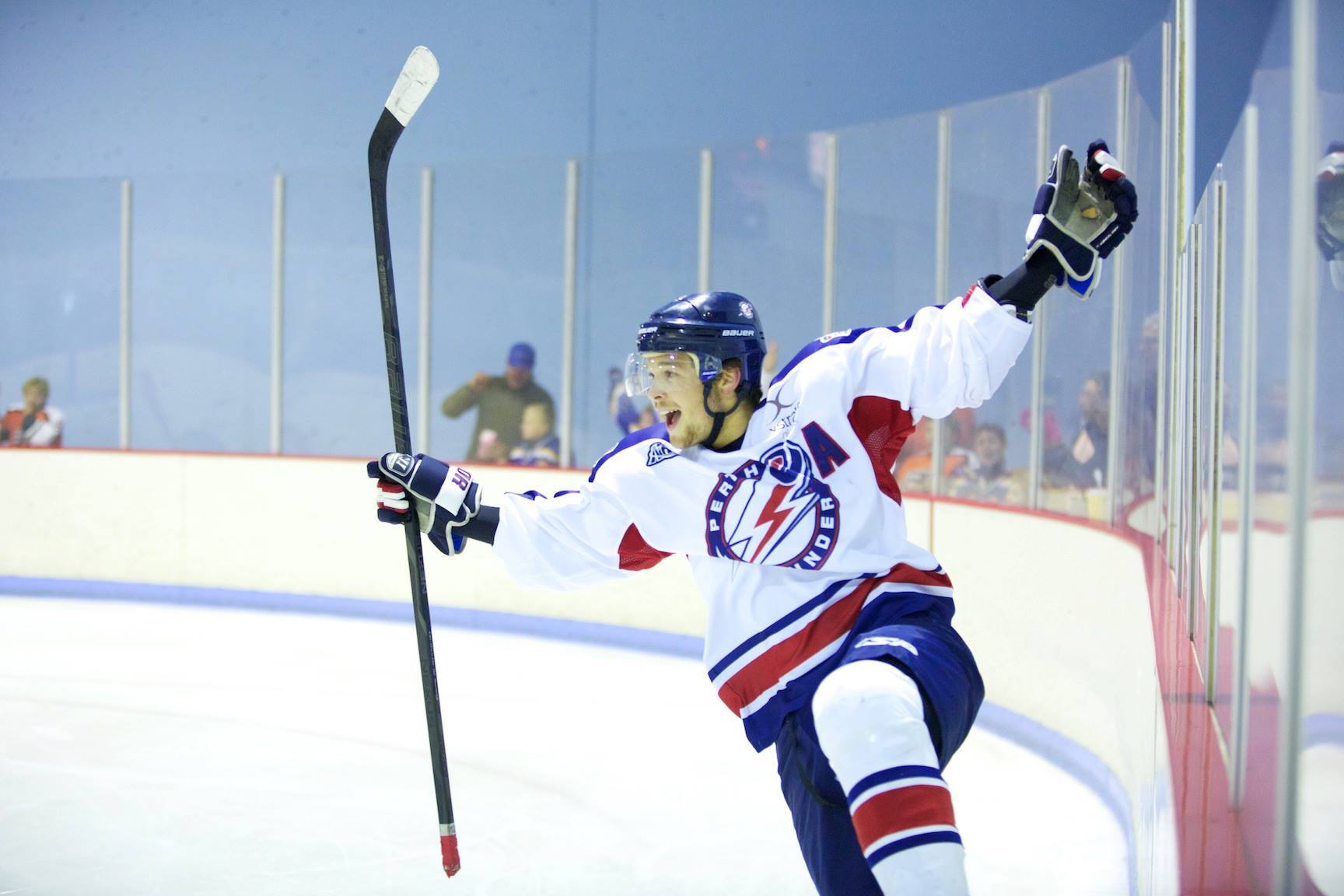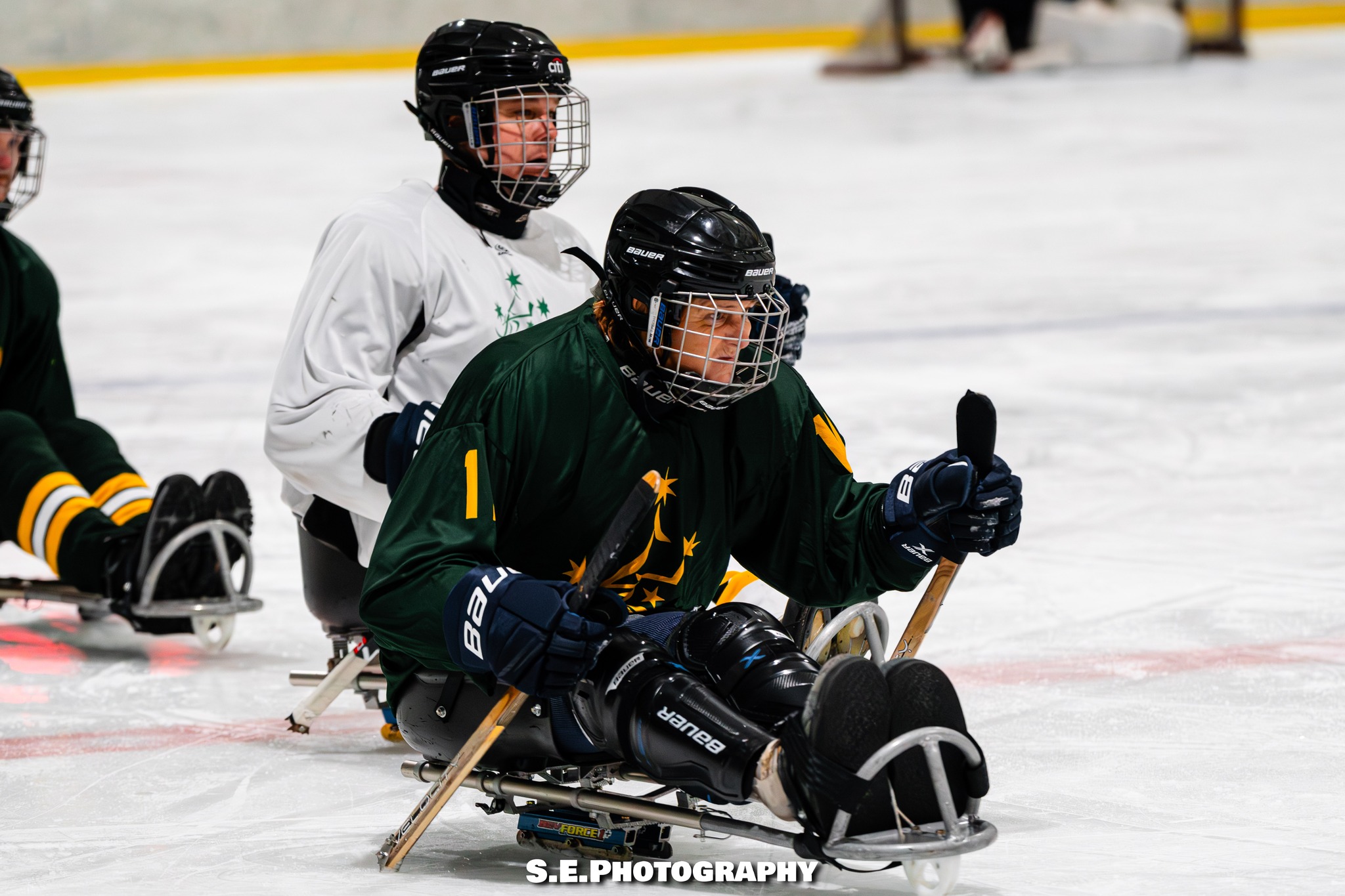The Mad Statter is back for week two of the Australian Women’s Ice Hockey League (AWIHL). This week we look at a royal robbery, shorthanded shenanigans, a recipe for success, and more.
But first, as mentioned last week, I only have the capacity to cover one series per week. Apologies to Brisbane Lightning and Melbourne Ducks fans, but the allure of a regular-season battle between Perth Inferno and Adelaide Rush was irresistible.
If you’re after a recap of all the games from the weekend, Eric Brook has you covered in his series, From Behind the Glass.
Now let’s dig in to some fascinating stats.

Royal Robbery
At the conclusion of the 2023/24 regular season, the Inferno and Rush finished first and second, respectively. Last season’s four regular season contests between the teams were close affairs, with Perth collecting all the points.
Adelaide outshot Perth in every meeting last season but came up short in the goal column. That trend continued on Saturday as Adelaide peppered the Inferno net, amassing 61 shots on goal. However, Perth took the win 5-3 despite recording just 25 shots on goal.
The reason for this outcome? Sasha King. Out of Adelaide’s 29 shots from high-danger areas on Saturday, King saved 26 of them. Ridiculous.
On Sunday, Perth allowed another 25 shots from high-danger areas. This time Adelaide was markedly more clinical with its chances, collecting seven of its eight goals from those areas. Adelaide’s 8-5 win was well-deserved.
However, despite allowing 11 goals, King’s save percentage across the weekend (.900) was well above the league average (.857). With the Inferno four games into the season, King has already faced 191 shots on goal.
Is King’s .927 save percentage sustainable with that workload? How many games can Sasha King steal? How will backup goaltender Vivian Vu look between the pipes if the Inferno are allowing 47+ shots on goal per game? Only time will tell.

Shorthanded Shenanigans
It’s early days, but the Rush penalty kill looks terrifying. Over the weekend the Inferno converted three times on the powerplay. That stat looks okay on the surface. Even factoring in the total time on the powerplay (21:10) three goals is a decent return – a conversion rate of 23.1%.
But the underlying numbers tell a different story. First and foremost, Adelaide’s two shorthanded goals stand out, but it could have been much worse for Perth. Adelaide outshot Perth 15-14 while shorthanded, and carried the play at points.
During the first period on Sunday, Adelaide had nine total shots on goal while shorthanded, while Perth mustered just a single shot on the powerplay.
Adelaide also generated more shots from high-danger areas shorthanded (9 SOG) than Perth did on the powerplay (7 SOG). With the aggressive penalty-killing personnel of the Rush, Perth won’t be the only team to concede shorthanded goals against them.
Nonetheless, the question must be asked—is this a blip or a trend? Perth’s opening weekend against Sydney reflects similar data. While Perth outshot Sydney on the powerplay 7-3, shots from high-danger areas were level at three apiece.
Sydney’s Sarah Edney tipped the scales with a shorthanded goal, and Perth couldn’t convert on any of its four powerplay opportunities (5:17).
The stats thus reveal an early trend. With an extra player on the ice, Perth is not getting an advantage in the goal column (scored three, conceded three) and is also giving up more quality chances than it’s creating.

Recipe for Success
It is generally recognised in the field of hockey analytics that being able to control shot-share and generate more chances from high-danger areas than your opponent is a sustainable recipe for success. It’s just two games into the season, but the Adelaide Rush are cooking.
Yes, as mentioned previously, Adelaide split the weekend due to Sasha King’s 58-save performance on Saturday. However, Adelaide dominated the shot-share.
With 110 shots on goal across the two games, Adelaide allowed just 45 shots against. That’s a shot-share of 71 per cent.
We’ve already discussed how the Rush also managed to outshoot the Inferno while being shorthanded. At even-strength, Adelaide had an 88-31 shot advantage, or 73.9 per cent shot-share. Obscene.
What about the shot-share from high-danger areas? Adelaide owned that category with a 54-21 advantage in shots from high-danger areas in all situations. That’s a shot-share of 72 per cent in that category.
When that figure is filtered out to even-strength, a more reliable predictor of future success, Adelaide is ahead 41-14. That represents a shot-share of 74.5 per cent. Good luck playing the Adelaide Rush this season!

Jordan Kulbida
This week, Adelaide Rush import forward Jordan Kulbida gets her own section. Kulbida, from Saskatoon, Saskatchewan, scored three goals and added two assists for a five-point weekend.
On Saturday, Kulbida’s number 94 jersey was seemingly everywhere, as she collected a whopping 17 shots on goal. That’s the highest individual shot total since we began tracking stats (yes, we only started tracking stats last week, but it sounds impressive nonetheless).
With another nine shots on goal on Sunday, Kulbida recorded 26 total shots.
Looking at that stat in isolation may lead you to conclude that Kulbida is a one-dimensional player who shoots on sight. However, that’s not the case. Kulbida also led all players over the weekend in shot assists – passes leading to shots on goal – with 13.
The line of Tash Farrier, Jordan Kulbida, and Jamie Lunn was outstanding. Farrier had 11 shot assists of her own, and the line caused the Inferno problems all weekend.
With the Rush happy to stick with an aggressive forecheck and encourage an attacking mentality don’t expect Kulbida’s numbers to dip. It’s early, but based on the stats Kulbida is my pick to top the points standings for the regular season. She was that good.
Thanks for reading. With just one series on this weekend – Sydney Sirens v Melbourne Ice – we’ll be back next week to dissect the action in the next instalment of The Mad Statter.
Click here for more AWIHL news.





2 responses to “The Mad Statter – AWIHL Week Two”
[…] The Mad Statter – AWIHL Week Two by Gordon Goodenough (Hockey Hype Australia, 15 November 2024) […]
[…] The Mad Statter – AWIHL Week Two by Gordon Goodenough (Hockey Hype Australia, 15 November 2024) […]